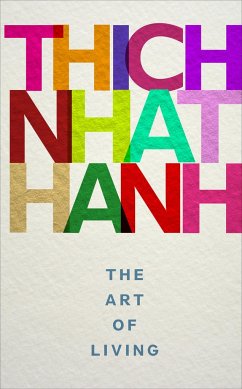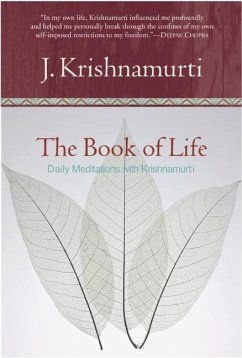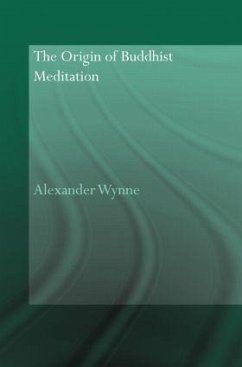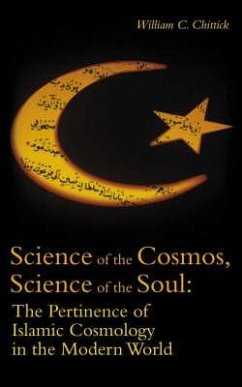
The origin of life is rhythmic repair or Macrocosmic rhythms created life
To survive, complementary primordial life molecules had to become self-repairing timers oscillating in harmony with the macrocosmic environmental rhythms on Earth
Versandkostenfrei!
Versandfertig in 6-10 Tagen
32,00 €
inkl. MwSt.
Weitere Ausgaben:

PAYBACK Punkte
0 °P sammeln!
Life on earth arose through the creative interplay of prebiotic conditions on earth and the everlasting reliable macrocosmic changes of light and darkness. The first life molecules were confronted with the Earth's two-faced environment manifesting itself as a rhythm of a damaging light phase (day) and a harmless low light dark phase (night) produced by the apparent celestial movements within the earth-moon-sun system. It required two mutually complementing molecule types: ribonucleic acids and peptides, which had to adapt jointly to that fundamental duality in order to achieve a 'duration acro...
Life on earth arose through the creative interplay of prebiotic conditions on earth and the everlasting reliable macrocosmic changes of light and darkness. The first life molecules were confronted with the Earth's two-faced environment manifesting itself as a rhythm of a damaging light phase (day) and a harmless low light dark phase (night) produced by the apparent celestial movements within the earth-moon-sun system. It required two mutually complementing molecule types: ribonucleic acids and peptides, which had to adapt jointly to that fundamental duality in order to achieve a 'duration across change'. Both combined into a helically intertwined ribonucleopeptide filament as the initial molecular structure of life on earth. The predictable alternation of a damaging (UV irradiation, high-energy sun light) and a non-damaging (low-energy moon light) phase lead to the inclusion of rhythmic repair and timing in molecular life from begin on. The ribonucleopeptide filament responded tothe dual qualities of its environment by behaving like an 'oscilloid'. Rhythmically alternating contraction to prevent damage during daytime and expansion to allow self-sustained repair during nighttime initiated the oscillation of the primordial biological timer as a molecular reflection of the macrocosmic time on Earth impacted by the light/dark rhythm.Macrocosmic time is both circular, because days, months and years consist of recurring cycles of light and darkness, and linear, because successive days, months and years are not identical repeats of the preceding ones and follow each other in a row. Corresponding to this yin/yang structure of macrocosmic time, biological time is also cyclical and linear at the same time. Under this perspective, life arose as an earth-bound molecular pattern instructed by celestial rhythms.Interestingly, there exists a correspondence to the dual, mutually complementing molecular basis of life in ancient Chinese mythology. A helically intertwined ribonuclopeptide filament represents an equivalent, a living reflection, of the T'ai chi symbol with its mutually complementing, inseparable black and white components that illustrate the fundamental duality of darkness and light or night and day on Earth. Yang and Yin, and Ch'ien and K'un, constitute the basic duality of the yin/yang philosophy and the ancient Chinese Book of Changes, the I Ging, respectively. Fu-hsi and Nü-kua, the personified versions of this basic duality, are characterised by their helically intertwining snake- or dragon-like lower bodies. Together, they are linking Earth to Heaven.














